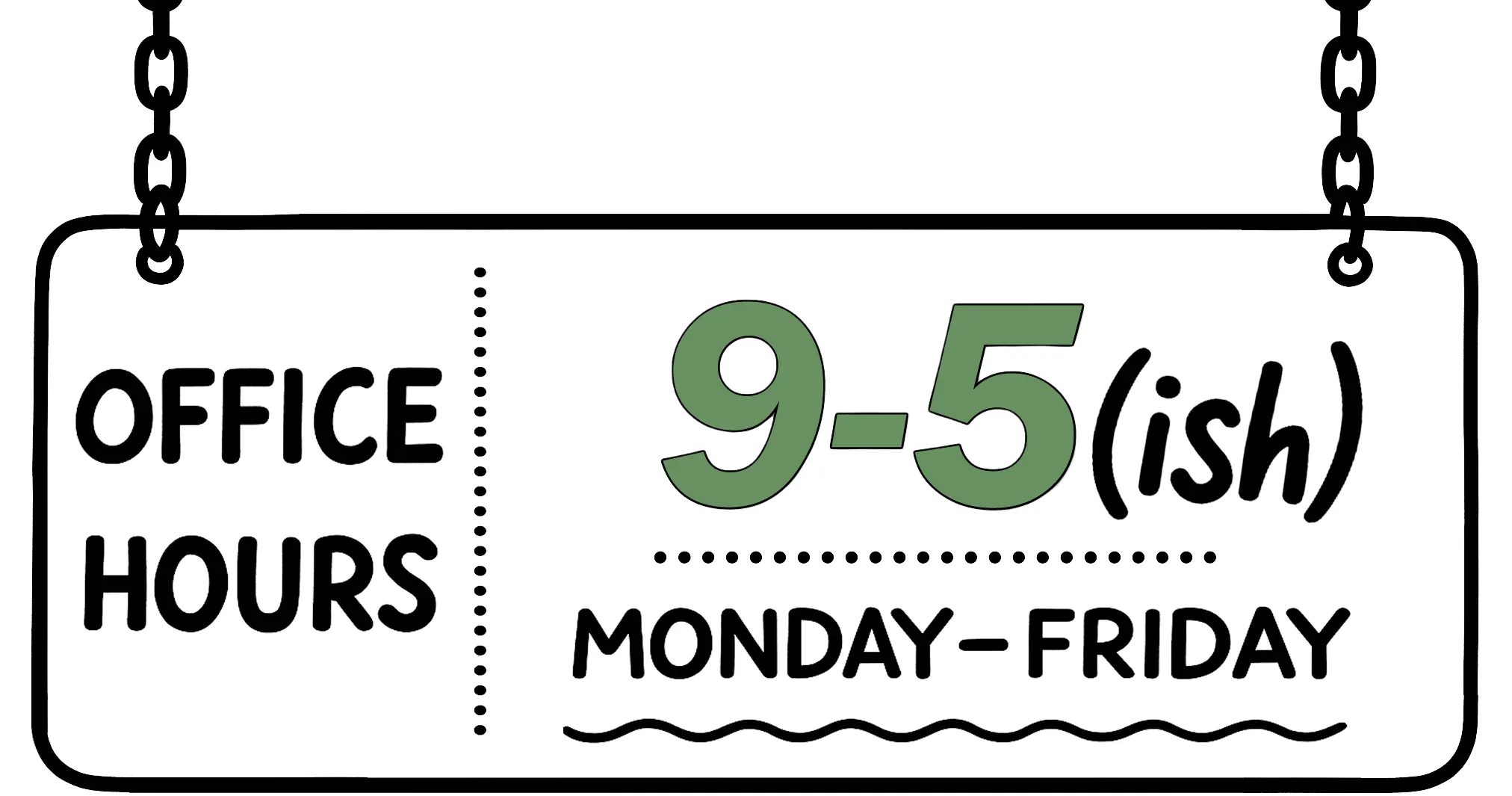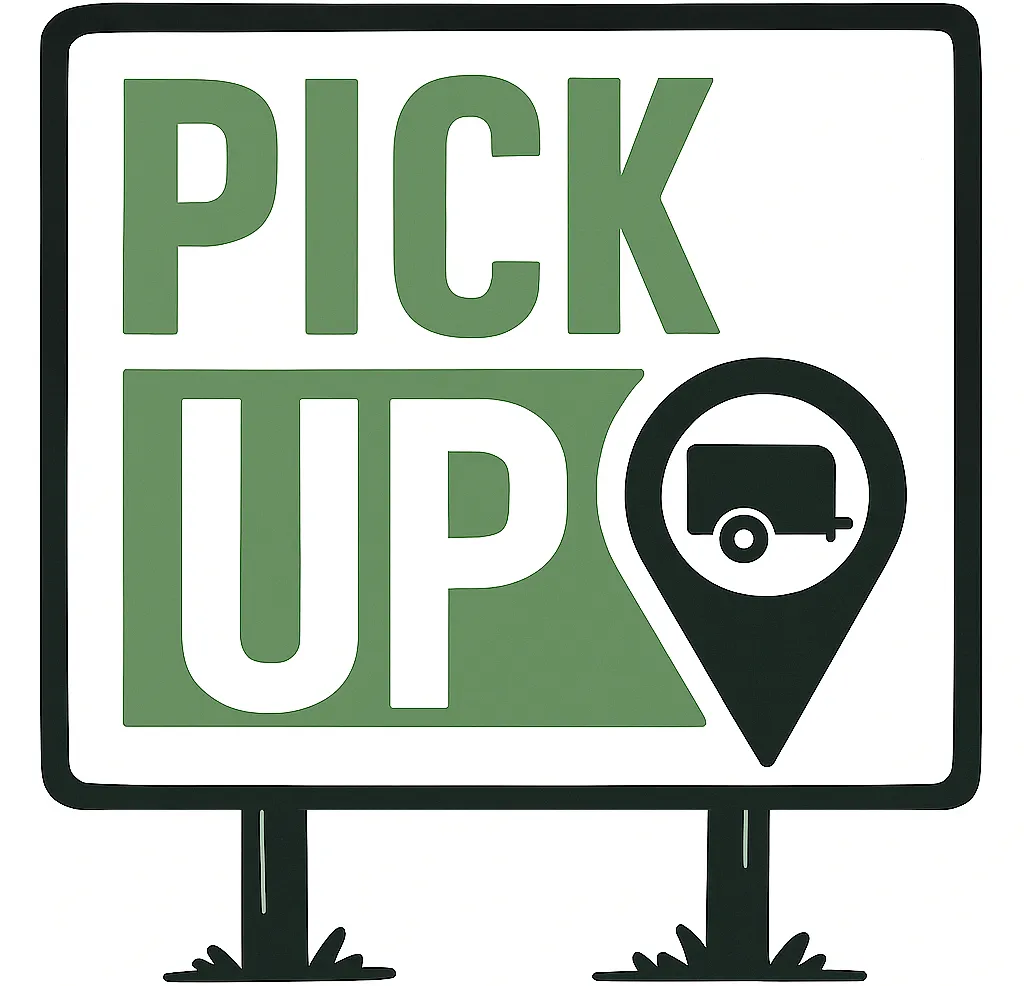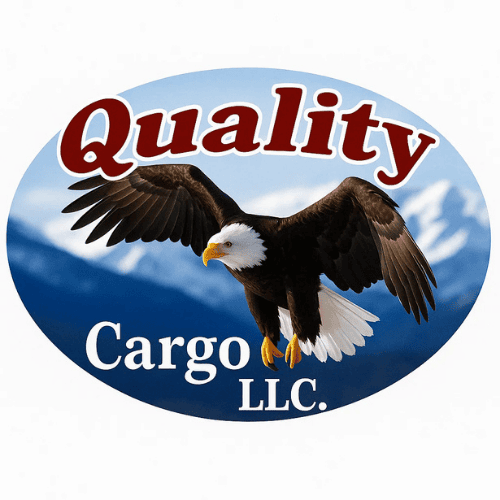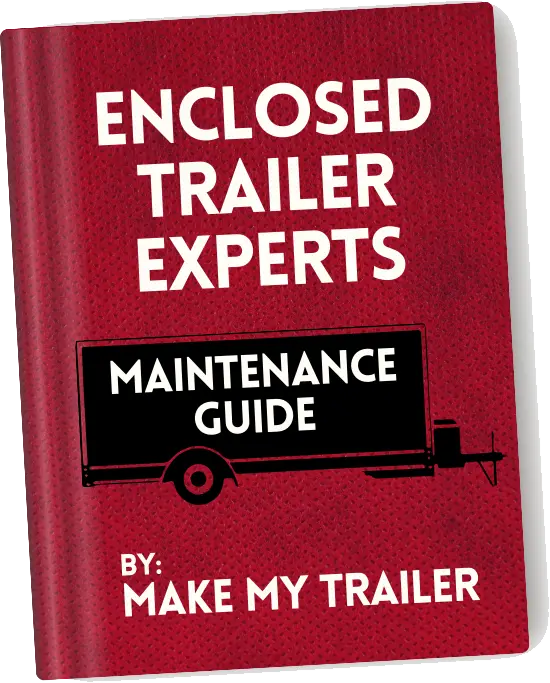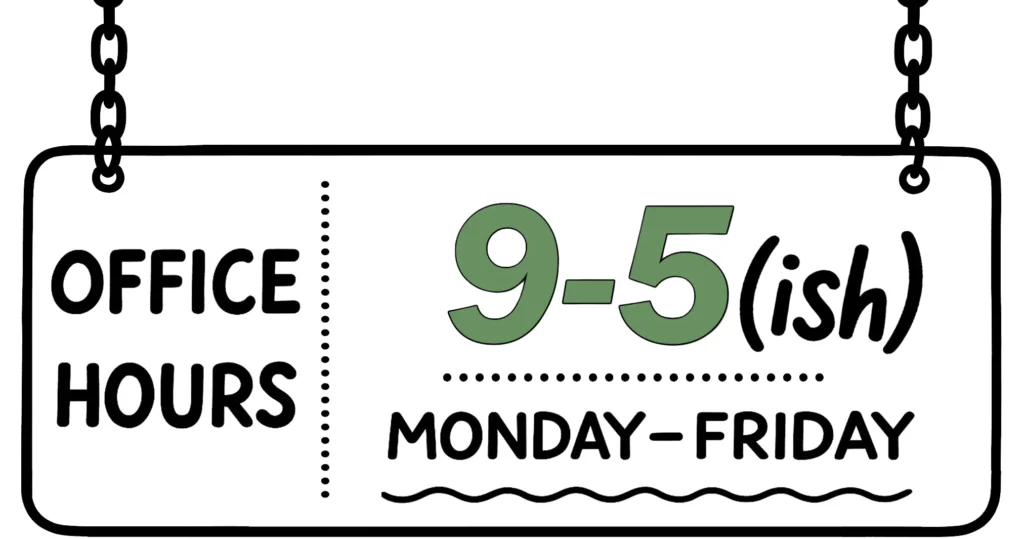Everything you need to know about the
5x10 Enclosed Trailer - Quality Cargo
- 5×10 Single
- Maintenance & More
5x10 Enclosed Trailer - Quality Cargo
1. Technical Features Table
→ → →
| Standard Features | Quality |
| PRICE | $3,200.00 |
| EXTERIOR METAL | .024 Exterior Metal - Screwed metal exterior |
| AXLES | 2990 lb leaf spring axle |
| V-NOSE | V-Nose with vertical ATP trim |
| WALLS/CEILING TUBING | 1x1" steel tube in walls and ceiling |
| FLOOR TUBING | "2x3"" steel tube main rails" |
| FLOOR CROSS-MEMBERS | 24" OC Floor Members |
| ROOF CROSS-MEMBERS | 24" OC Roof Members |
| WALL CROSS-MEMBERS | 16" OC Wall Members |
| LIGHTS | LED Strip tail lights |
| INTERIOR HEGHT | 60" (5') Interior height |
| REAR DOOR | Single Rear Door |
| PLUG / COUPLER (BALL) | 4-way flat plug / 2" coupler |
| FENDERS | Aluminum fenders w/lights |
| TIRES | ST205 15" RADIAL tires |
| RIMS/WHEELS | Silver Mod Wheels |
| ROOF MATERIAL | Galvalume roof |
| STONEGUARD | 12" Stoneguard on front |
| TONGUE JACK | 2000 lb tongue jack |
| HUBS | EZ Lube Hubs |
| WALL MATERIAL | 3/8" plywood sidewalls |
| FLOOR MATERIAL | 3/4" plywood floor/painted underneath |
| EMPTY WEIGHT | 1160 lbs |
| LOAD CAPACITY | 1830 lbs |
| GVWR | 2990 lbs |
| TONGUE WEIGHT | 147 lbs |
2. Technical FAQ

Overall Length: 13’6″ / 162 in (Breakdown: 10′ on the Box + 3’6″ on the Tongue) 18″ on the Vnose
Overall Width: 6’6″ / 78 in (Breakdown: 5′ on the Box + 9″ on each Fender)
Overall Height: 6’4″ / 76 in (Breakdown: 5′ on the Box + 16″ from the ground to the box)
Overall Length: 9’9″ Box (Breakdown: Subtract 3″ which counts for rear door & framing) plus 18″ on the Vnose
Overall Width: 4’8″ (Breakdown: Subtract 4″ (2″ on each side) which counts for plywood & framing)
Overall Height: 5′
Width: 50″ (Breakdown: Subtract 10″ (5 on each side) which counts for plywood & framing)
Height: 54″ (Breakdown: Subtract 6″ which counts for plywood & framing)
No it doesn’t but they’re available as a custom option.
Side Note: If the combined weight of the trailer and its load approaches or exceeds 3,000 pounds, many jurisdictions require brakes on the trailer. However, a 4×6 enclosed trailer, given its size, is unlikely to reach this weight limit when fully loaded, as they typically have a lower payload capacity.
Safety Considerations
Driving Conditions: If you plan to tow your trailer in hilly or mountainous areas, or if you’ll be driving in a lot of stop-and-go traffic, having electric brakes can significantly improve safety by reducing stopping distances and improving vehicle control.
Emergency Handling: Electric brakes can offer better control in emergency braking situations, reducing the risk of accidents.
Wear on Vehicle Brakes: Using a trailer with its own braking system can reduce wear and tear on your vehicle’s brakes, especially important for frequent towing or heavy loads.
4-way flat plug
5×4.5 (5 Lug)
6 Ply
Screws are 4′ apart instead of being every 2′
It’s an asphalt undercoating paint
We developed a section exclusively for Custom Options where we show sample photos and explain most popular options:
Click Here for More Information.
Here are examples of some of the most popular Custom Options:
– Blackout Package
– Electrical Package
– Insulation Package
– Rubber Flooring
– Etracks
– D-rings
– Windows
– Extended Tongue
– Extra Height
– Ladder Racks
– Finished Interior (Metal/Vinyl)
– Air Conditioner
– Lighting Options
– Axle Upgrades
– Concession Window
– Special Door Options
– Cabinets
– Barn Doors
3. Sample Photos
4. Sample Video
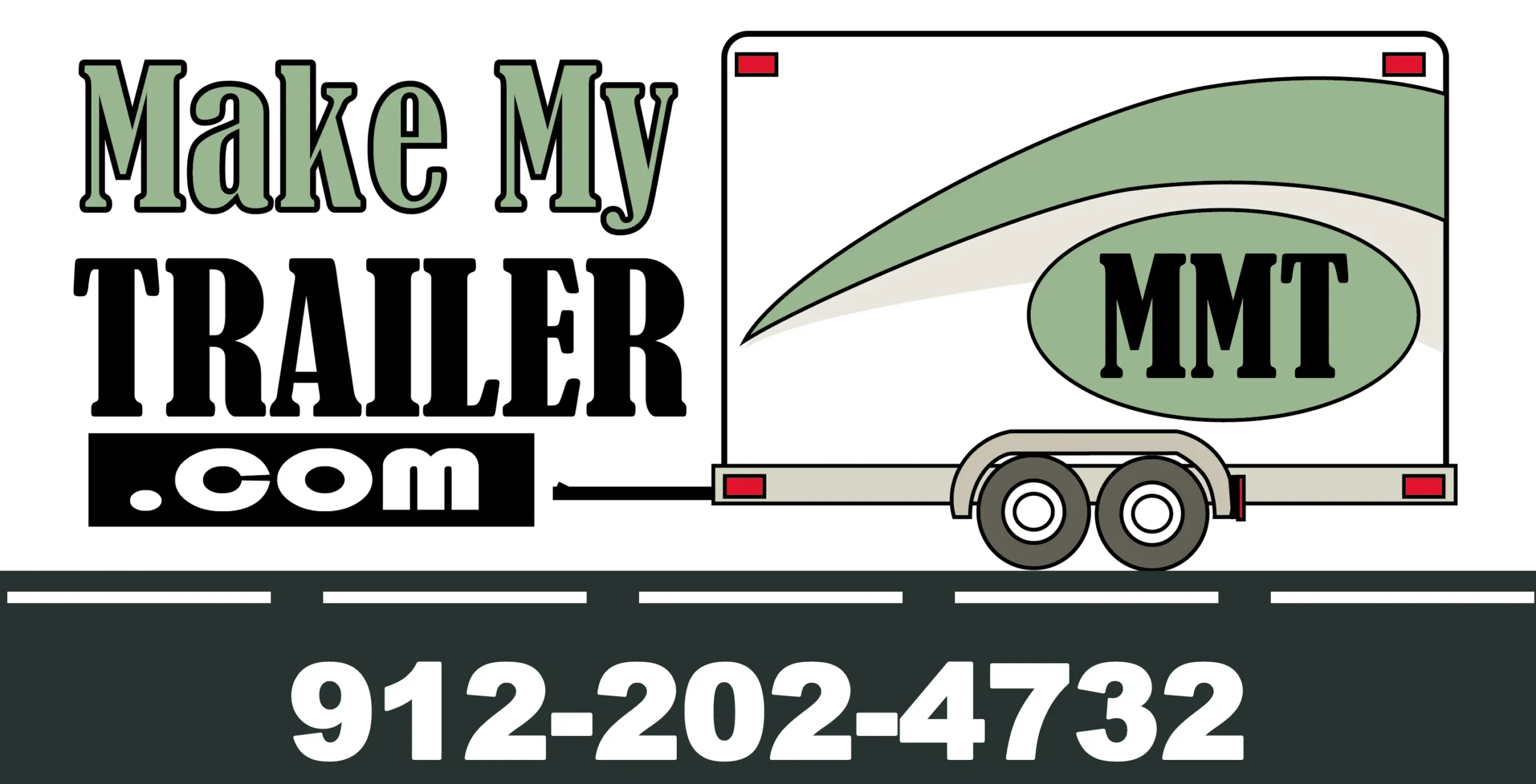
5. Sample Colors (Click to enlarge)
6. Purchase FAQ
Click the link below for Financing Options:
https://makemytrailer.com/enclosed-trailer-financing-services/
Click the link below for Delivery Options:
https://makemytrailer.com/delivery/
30 Day Temporary Tag, Certificate of Origin and obviously your Title so you can register your brand new trailer
Yes they are and also the reason why your trailer pick up is directly at the Factory.
We do not charge any taxes, that’s something that you pay when you register the trailer
Yes, as soon as your trailer is ready we can provide your with your VIN number.
1) Credit or Debit Card (over the phone or invoice sent to your email)
2) Mail a Cashier’s Check
3) Wire Transfer
Once your deposit is confirmed we’ll send you an email just make everything official and after 24 hours (timeframe we provide in case of any changes) we will send your order to our production team so they can start working on your future top notch trailer
It depends on 2 factors: The season and your Order so make sure to ask our awesome sales team for a more accurate completion timeframe but on average you might be looking between 2 to 4 weeks on standard order and about 3 to 5 weeks for orders with custom options.
Note: We do make exceptions so make sure to ask our sales team
We don’t usually provide any updates during the building process but we can definitely ask our production team how things are going but as soon as your trailer is ready, we will send you the completion email along with the instructions so you can start your pick up arrangements
By clicking Buy Now, you will be redirected to our secure PayPal checkout page. A deposit is required to reserve the standard version of this trailer size. The remaining balance, including any selected options or upgrades (such as A/C or insulation), will be due at pickup or delivery. Final price may vary depending on manufacturer and features. Please contact us to confirm details before completing your order.
7. Get a Quote
Have you recently invested in an enclosed cargo trailer, or are you looking to maximize the lifespan and efficiency of your current one? Our comprehensive PDF guide is your ultimate companion to mastering the art of trailer maintenance!
- Step-by-step instructions on pre-use checks to ensure safety and readiness for the road.
- Expert advice on periodic maintenance routines to keep your trailer in peak condition.
- DIY tips for interior and exterior care, from flooring maintenance to rust prevention.
- Winterizing strategies that protect your investment through the coldest months.
- Essential insights into tire care, brake maintenance, and the importance of proper ventilation.
- Bonus content: Safety equipment checklist, emergency preparedness, and much more!
Safeguard Your Investment:
10 Smart Ways to Prevent Trailer Theft!

How to Choose a Quality 5x10 Enclosed Trailer for Secure Cargo Transport
When your tools, equipment, or personal belongings need protection from the elements and security from theft, an open utility trailer simply won’t suffice. An enclosed cargo trailer offers a robust, secure, and weatherproof solution for transport and storage. Among the various sizes available, the 5×10 enclosed trailer strikes a perfect balance of maneuverability, capacity, and affordability, making it a popular choice for contractors, small business owners, and outdoor enthusiasts alike. However, not all trailers are created equal. Choosing a high-quality model is a critical investment in the safety of your cargo and the longevity of the trailer itself. This guide will walk you through every essential factor, empowering you to select a quality 5×10 enclosed trailer that meets your specific needs for secure transport.
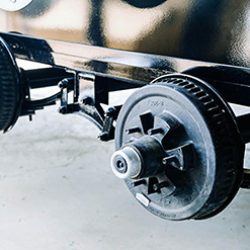
Introduction: Why a 5×10 Enclosed Trailer is Your Secure Cargo Solution
The Appeal of the 5×10 Enclosed Trailer
The 5×10 enclosed trailer is a versatile workhorse. Its compact footprint makes it easy to tow with a wide range of vehicles, from SUVs to light-duty trucks, and simple to navigate in tight spaces. Despite its manageable size, it provides approximately 200-250 cubic feet of protected space, ideal for hauling tools, landscaping equipment, motorcycles, camping gear, or small business inventory. This combination of utility and convenience makes it a superior choice for those who need more than an open trailer but don’t require the bulk of a larger hauler.
Defining “Quality” for Secure Cargo Transport
“Quality” in a trailer isn’t just a marketing term; it’s a tangible set of features that translate into durability, safety, and peace of mind. A quality enclosed trailer is defined by its structural integrity, the durability of its materials, and the reliability of its components. It means a frame that resists twisting under load, an axle system that provides a smooth and stable ride, and exterior panels that withstand years of use. Investing in quality from the outset minimizes future repair costs, protects your valuable cargo, and ensures reliable performance trip after trip.
Understanding the Core Specifications of a 5×10 Enclosed Trailer
The Significance of Gross Vehicle Weight (GVW) and Payload Capacity
The Gross Vehicle Weight Rating (GVWR) is the maximum total weight a trailer can safely handle, including its own weight (curb weight) and the cargo inside. This is arguably the most important specification to understand. For a standard 5×10 enclosed trailer, a GVWR of 2,990 pounds is common. To determine your payload capacity, you subtract the trailer’s curb weight from the GVWR. For example, if a trailer with a 2,990 lb GVWR weighs 880 lbs, your maximum payload is 2,110 lbs. Overloading a trailer is a serious safety hazard, so always match the GVWR and payload capacity to the weight of the items you plan to haul.
Axle Configuration and Capacity: The Backbone of Your Trailer
The axle is the structural foundation that supports the entire load. Most 5×10 trailers utilize a single axle, which is sufficient for their GVWR. The key is the axle’s capacity rating, which should meet or exceed the trailer’s GVWR. A 3,500 lb rated leaf spring axle is a common and reliable choice for a 2,990 lb GVWR trailer, providing a safety margin. While a tandem axle configuration (two axles) offers greater stability and capacity, it is typically unnecessary and adds extra cost and weight to a trailer of this size. Ensure the axle is from a reputable manufacturer for long-term reliability.
Frame and Construction Materials
The trailer’s frame is its skeleton, and its construction dictates its strength and lifespan. Look for frames made from rectangular steel tubing rather than C-channel or angle iron, as tubing offers superior resistance to twisting and bending. The spacing of frame cross-members is another critical quality indicator. A spacing of 16 inches on-center (O.C.) for both floor and wall studs provides significantly more rigidity and strength than the 24-inch spacing found on cheaper models. Finally, a protective coating, such as high-quality paint or powder coating, is essential to prevent rust and corrosion.
Critical Components for Durability and Longevity
Exterior Shell and Roof Materials
The exterior skin protects your cargo from the elements. Aluminum is the most common material, with thickness being a key differentiator. A standard .024″ or .030″ thickness is acceptable, but thicker options provide better resistance to dents and punctures. Look for “screwless” exteriors where panels are bonded with high-strength adhesive. This method provides a cleaner look and eliminates potential leak points that can occur at screw holes over time. The roof should be a single piece of aluminum to minimize seams and prevent water intrusion, which is a common failure point in lower-quality trailers.
Flooring and Interior Walls
The floor bears the direct weight of your cargo. High-quality ¾-inch plywood or engineered wood flooring provides excellent strength and durability. Avoid trailers with thinner ½-inch flooring, which can sag or fail under concentrated loads. For interior walls, ⅜-inch plywood or a similar engineered wood product is standard. This provides a solid surface for mounting shelves, hooks, or cargo management systems. Check that all interior panels are securely fastened and finished to prevent splintering and moisture damage.
Doors, Ramps, and Latches
A trailer’s access points are crucial for both convenience and security. You typically have two choices for the rear: a spring-assisted ramp door or dual “barn” doors. A ramp is ideal for rolling equipment in and out, while barn doors are useful for forklift access or when parking in tight spaces. Whatever the type, ensure the door is sturdily built with robust hinges and a heavy-duty latching system. A side door is a valuable convenience feature; check that it seals tightly and has a secure, lockable handle.
Wheels, Tires, and Lighting
Quality wheels and tires are non-negotiable for safety. The tires should be designated as “ST” (Special Trailer) tires, which are designed with stiffer sidewalls to handle heavy loads and reduce sway. Check the load rating on the tire to ensure it’s appropriate for the trailer’s GVWR. The lighting system should use modern, bright, and long-lasting LED lights, which are more visible and reliable than traditional incandescent bulbs. All wiring should be protected in conduit or run inside the frame to prevent damage from road debris.
Prioritizing Security Features for Your Cargo
Advanced Locking Mechanisms
Standard latches offer minimal security. A quality cargo trailer should feature robust locking systems on all doors. Look for hasps designed for heavy-duty padlocks or integrated locking mechanisms. For ramp doors, dual-latch systems (one on each side) provide superior security and create a tighter seal. Investing in high-security, pick-resistant locks is a small price to pay to protect thousands of dollars worth of equipment.
Interior Cargo Management Systems
Secure cargo is safe cargo. An empty, open box is not enough; your trailer needs features to properly restrain your items. D-rings bolted directly to the frame are essential for heavy items. For maximum versatility, consider factory-installed E-Track or L-Track systems on the walls and floor. These systems allow for a wide range of adjustable tie-down straps, rings, and bars, enabling you to secure cargo of any shape or size and prevent it from shifting during transport.
Preventing Theft and Tampering
Beyond door locks, consider additional theft deterrents. A high-quality coupler lock prevents a thief from hitching your trailer to their vehicle. A wheel lock or boot provides another visible and physical barrier. For trailers stored long-term, parking in a well-lit, secure area is always recommended. Some owners even install GPS tracking devices for ultimate peace of mind.
Customization Options for Enhanced Functionality
Tailoring Your 5×10 for Specific Needs
One of the greatest advantages of buying a quality trailer is the ability to order a custom trailer tailored to your exact needs. Common custom options include adding ladder racks, installing interior shelving and cabinets for tool organization, or upgrading to an electrical package with lights and outlets. You can also specify features like vents to improve air circulation or add windows for natural light. A custom trailer ensures the layout and features perfectly match your intended use from day one.
Exterior Customizations
Exterior customization can range from practical to aesthetic. You might opt for a V-nose design, which can improve aerodynamics slightly and offer a small amount of extra interior space. You can also choose from a variety of exterior colors to match your company branding or tow vehicle. Upgraded aluminum wheels can enhance appearance, and adding features like stabilizer jacks can increase stability when the trailer is unhitched and being loaded or used as a workspace. These custom options allow you to build the perfect enclosed trailer for your specific application, a level of detail not found in other trailer type models like a basic Dump Trailer or Tilt Trailer.
The Buying Process: From Search to Purchase
Researching and Finding Your Trailer
Begin your search online to identify reputable manufacturers and dealers. Companies that specialize in high-quality trailers, such as those offering brands like Quality Cargo, often provide detailed specifications and transparent pricing. Look at dealer inventories from places like Best Choice Trailers or Harper Trailer Sales to compare models and features. Customer reviews and forums can provide valuable insight into a brand’s long-term reliability and customer service reputation.
Inspecting a Trailer: New vs. Used “Condition”
Whether buying new or used, a thorough inspection is critical. For a new trailer, check for consistent welds, proper sealant application, and a clean finish. Ensure all components work as they should. When considering a used trailer, the Condition is paramount. Look for signs of rust on the frame, water damage on the interior floor and ceiling (a sign of a leaking roof), and uneven tire wear (a potential sign of axle problems). Test the lights, check the brakes (if equipped), and inspect the floor for soft spots. A lower price on a used trailer may not be a bargain if it requires significant repairs.
Understanding Warranties and Dealer Support
A reputable manufacturer will stand behind their product with a comprehensive warranty. Read the fine print to understand what is covered—typically the frame and structure have longer coverage than components like tires or lights. Good dealer support is also invaluable. A knowledgeable dealer can guide you through selecting the right custom options and will be your point of contact for any future service or warranty needs. Before purchasing, review the dealer’s Terms and Conditions and understand their policies.
Towing and Maintenance for Ongoing Security and Performance
Matching the Trailer to Your Tow Vehicle
Before you buy, confirm your vehicle’s towing capacity in your owner’s manual. Your vehicle must be rated to safely handle the trailer’s GVWR. You also need the appropriate hitch system. A Class II or Class III hitch is typically required for a 5×10 enclosed cargo trailer. Ensure your hitch ball size matches the trailer’s coupler, and that your wiring harness is compatible.
Safe Loading and “Driving Conditions”
Properly loading your trailer is crucial for safe towing. Distribute the weight with approximately 60% of the load in front of the axle and 40% behind it. This ensures about 10-15% of the total trailer weight is on the hitch (tongue weight), which prevents dangerous trailer sway. Always secure your cargo before moving, and adjust your driving style—allow for longer stopping distances and be mindful of your trailer’s height and width, especially in challenging driving conditions.
Essential Maintenance for Longevity and Secure Transport
Regular maintenance is the key to a long, trouble-free service life. Periodically inspect and lubricate the coupler and door hinges. Check tire pressure before every trip and have the wheel bearings inspected and repacked annually. Regularly wash the trailer to remove corrosive road salt and grime. By following a simple maintenance schedule, you ensure your trailer remains a secure and reliable asset for years to come.
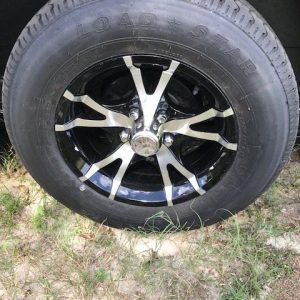
Conclusion: Making Your Informed Decision for a Quality 5×10 Enclosed Trailer
Recap of Key Considerations
Choosing the right 5×10 enclosed trailer is a significant decision that hinges on understanding the hallmarks of quality. Pay close attention to the GVWR to ensure it meets your payload needs. Prioritize a strong, tube-steel frame with 16-inch on-center spacing as your foundation. Scrutinize the axle, tires, doors, and exterior materials, as these components are critical for durability and security. Finally, don’t overlook the importance of cargo management systems and robust locks to protect your valuable assets. By investing in a well-built trailer from a reputable dealer and committing to regular maintenance, you are not just buying a box on wheels—you are investing in a secure, reliable, and long-lasting tool for your business or passion.
Next Up>>> 6×8 enclosed trailer quality cargo

